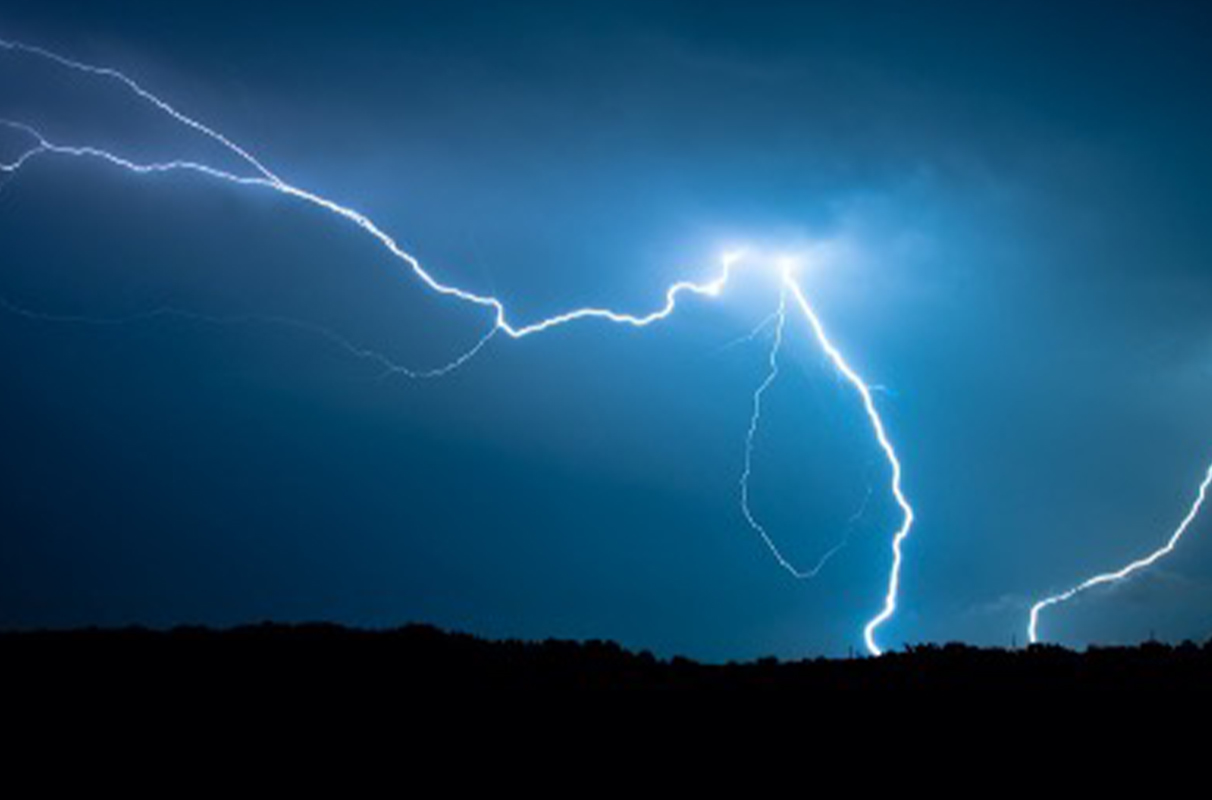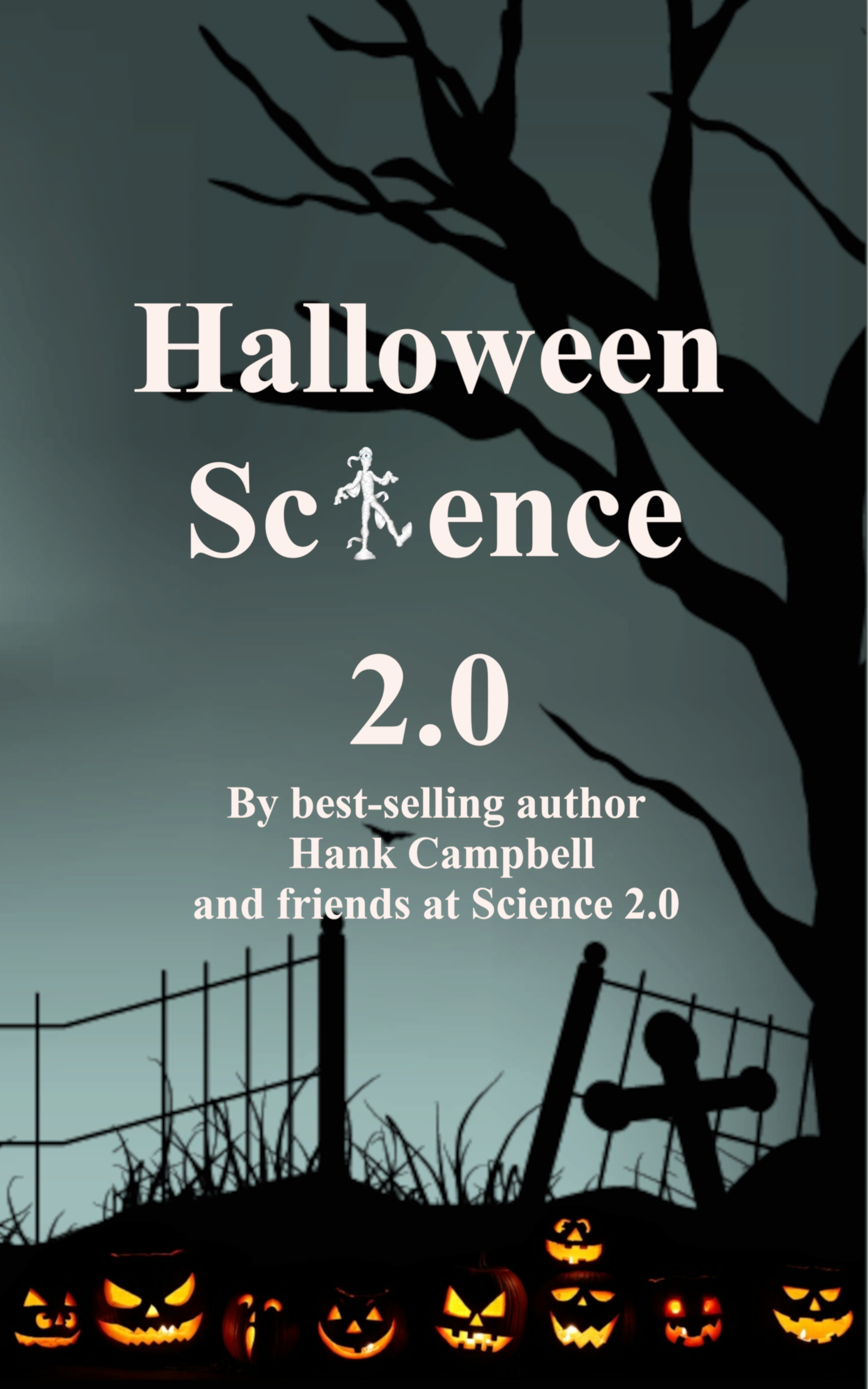Science shows the whole expensive process is based on a false assumption. Lightning, primarily dry lightning, is the culprit. Lightning outbreaks strike multiple locations and start numerous simultaneous wildfires, creating a substantial challenge for fire response, as in 2020 when multiple lightning-caused fires burned nearly one million hectares across this region, and other prominent widespread lightning-caused wildfire outbreaks also occurred in 1987 and 2008.

Credit: Washington State University
Scholars used daily lightning counts from the National Lightning Detection Network and precipitation observations from 1987-2020 in combination with atmospheric reanalyses to characterise the climatology of dry lightning and the associated meteorological conditions during the warm season (May-October) when wildfire risk is highest.
They found that moisture and instability high in the atmosphere – above a hot, dry, lower atmosphere - were key drivers of dry lightning across all regions in central and northern California and that widespread dry lightning outbreaks can occur anytime between May-October, even in “quiet” years for lightning activity. Through categorising the widespread dry lightning days, they were able to identify four distinct large-scale atmospheric patterns associated with the outbreaks that feature different configurations of weather systems.
Moreover, they found that nearly half (46%) of lightning that struck the ground in this time period was under dry lighting conditions. While dry lightning was more likely to occur at higher elevations (>2000m) with activity more concentrated in July-August, this pattern reverses from summer to autumn and lower elevations are struck more frequently in September-October. During this time of the year, natural fuels are drier which is critical to wildfire outbreaks, therefore, increasing the risk.





Comments